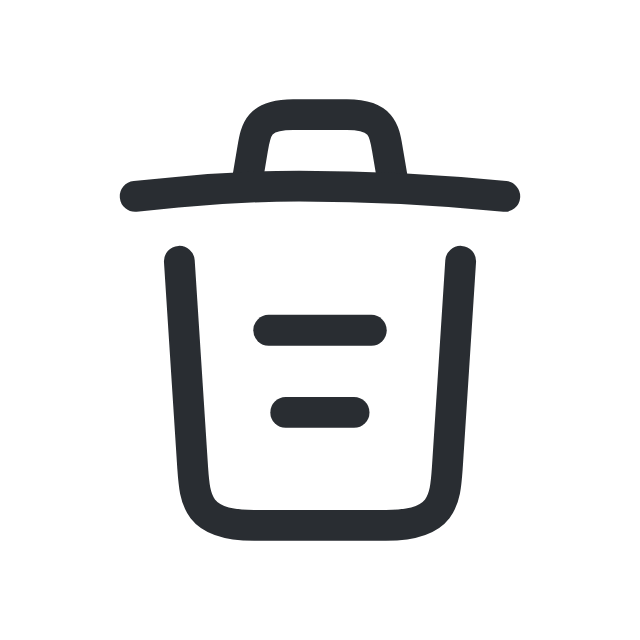International Baccalaureate
International Baccalaureate (IB) is a two-year pre-college diploma program. Students can take Standard Level or Higher Level courses in one of six subject groups: the student's primary language, a second language, mathematics, experimental sciences, the arts and humanities.
IB courses are a good deal because:
- The course work is college-level. You may do better in college classes later because you'll know what to expect.
- You may do better in college classes later because you'll know what to expect.
- You take college-level courses in your high school. This gives you a taste of college-level courses within your high school walls
- Students have the potential to earn both high school and college credit if they receive a qualifying score on the IB exam. This can save you time and money when you actually get to college. Since IB is an international program, foreign colleges and universities may award you college credit.
Frequently Asked Questions
Which Minnesota high schools participate?
| High School | School District |
|---|---|
| Brooklyn Center Senior High | Brooklyn Center |
| Central High School | St. Paul |
| Champlin Park High School | Anoka-Hennepin |
| Cooper High School | Robbinsdale |
| Edison High School | Minneapolis |
| Fridley High School | Fridley |
| Grand Rapids High School | Grand Rapids |
| Great River School | Charter |
| Harding High School | St. Paul |
| Highland Park High School | St. Paul |
| Minnetonka High School | Minnetonka |
| Park Center High School | Osseo |
| Park High School | South Washington County |
| Patrick Henry High School | Minneapolis |
| Roosevelt High School | Minneapolis |
| South St. Paul Secondary | South St. Paul |
| Southwest High School | Minneapolis |
| St. John's Preparatory School | Private |
| St. Louis Park High School | St. Louis Park |
| Washburn High School | Minneapolis |
For more information on International Programs, contact the official IB website.
You must be a high school student in order to participate. Your high school may require a certain academic standing or GPA before you are allowed to participate. Check with your counselor's office or school district to see if you are eligible. Dual Credit Comparison Chart for more information.
Who is eligible to participate?
You must be a high school student, but your school may require a certain academic standing or GPA before you are allowed to participate. Check with your counselor's office or school district.
How do I earn college credit?
You must take an exam which is graded on a seven-point scale. Most colleges and universities accept a score of 4 or 5 for Higher Level IB exams. You must take an exam in each of the six subject areas and earn a total of 24 total points to receive the pre-college diploma. Students not on the diploma track can earn a certificate, however the majority of colleges and universities in Minnesota will only award college credit for Higher Level IB exams.
Pre-college diploma students also must complete the community service Creativity, Action, and Service program, an extended essay of up to 4,000 words, and the Theory of Knowledge course.
To see the scores required by each college, see the embedded Tableau table here.
Do all colleges and universities accept these credits?
If you're interested in a specific college, be sure to ask admissions about their IB acceptance policy. Acceptance and transfer of credits varies by college or university.
Not all colleges or universities award college credit for IB exams, and those that do might not accept all IB subjects. There are also instances where credit acceptance varies depending on the subject. To see the scores required to earn college credit by institution, see the embedded Tableau table here.
How much does it cost?
It is free for students to enroll in the IB diploma program, however college credit can only be earned by receiving a passing score (as determined by the college) on a fee-based IB exam. IB exams are free for qualified Minnesota students who demonstrate financial need; all other students pay $20-80 per exam.
Who teaches the course?
The class is taught by a high school teacher.
Where is the class taught?
The class is held at your high school just like the rest of your classes.
Related Reports
- Rigorous Course Taking: Advanced Placement, International Baccalaureate, Concurrent Enrollment and Postsecondary Enrollment Options Programs, Fiscal Year 2016 Report To the Legislature
- Dual Credit and Exam-based Credit Acceptance Policies of Minnesota Colleges and Universities
Quick Links
- Why College?
- Explore Your Interests & Careers
- Prepare at School
- Summer Academic Enrichment Program
- Earn College Credit in High School
- Recommended High School Classes & Graduation Requirements
- Advice for Students with Disabilities
- Succeed as an Adult Student
- Useful College Prep Resources
- Minnesota Goes to College!
- Get Ready Program Overview
- College Planning Presentation Information
- College Navigator Presentation Request Form
- Minnesota Indian Scholarship Program Outreach
- Competitive Grant Programs
- Dual Training Grant
- Public Engagement Calls
- "Life After Now" Podcast
- Certified Nursing Assistant Training
- Direct Admissions Minnesota
- Collecting Data from Minnesota Postsecondary Institutions
- Campus Financial Aid Administrator Resources
- Statewide Financial Aid Conference
- Campus Student Enrollment Reporting Resources
- Ordering Materials for Your Students
- Supplementing Your College Counseling
- Early Awareness Efforts
- Student Homelessness in Higher Education Resources
- Shared Library Resources
- MN FAFSA Tracker
- Campus Sexual Violence Prevention and Response
- Statewide FAFSA Filing Goal
- Financial Aid Estimator
- Online Applications
- About Financial Aid
- What Does College Cost?
- Tips for Lowering the Cost of Higher Education
- Institutional Payments
- Financial Aid You Don't Repay
- Financial Aid You Must Repay (Student Loans)
- Financial Aid You Earn
- Military Service Education Benefits
- Reduced Out-of-State Tuition Options
- Education Tax Benefits
- New Video Demystifies Paying for College
- Public Service Loan Forgiveness
- Useful Online Resources
- Ready, Set, FAFSA!
- Data Maps and Infographics
- Educational Attainment Goal 2025
- Minnesota Measures
- Minnesota P-20 Statewide Longitudinal Education Data System
- College Readiness & Participation Data
- Student Enrollment Data
- Degrees, Graduation Rates, Attainment & Outcomes
- Financial Aid Data & Trends
- Tuition & Fees Data
- Student Health and Safety
- Institution and Data Search
- Transfer Students
- Research Reports
- A-Z Data Table Index




